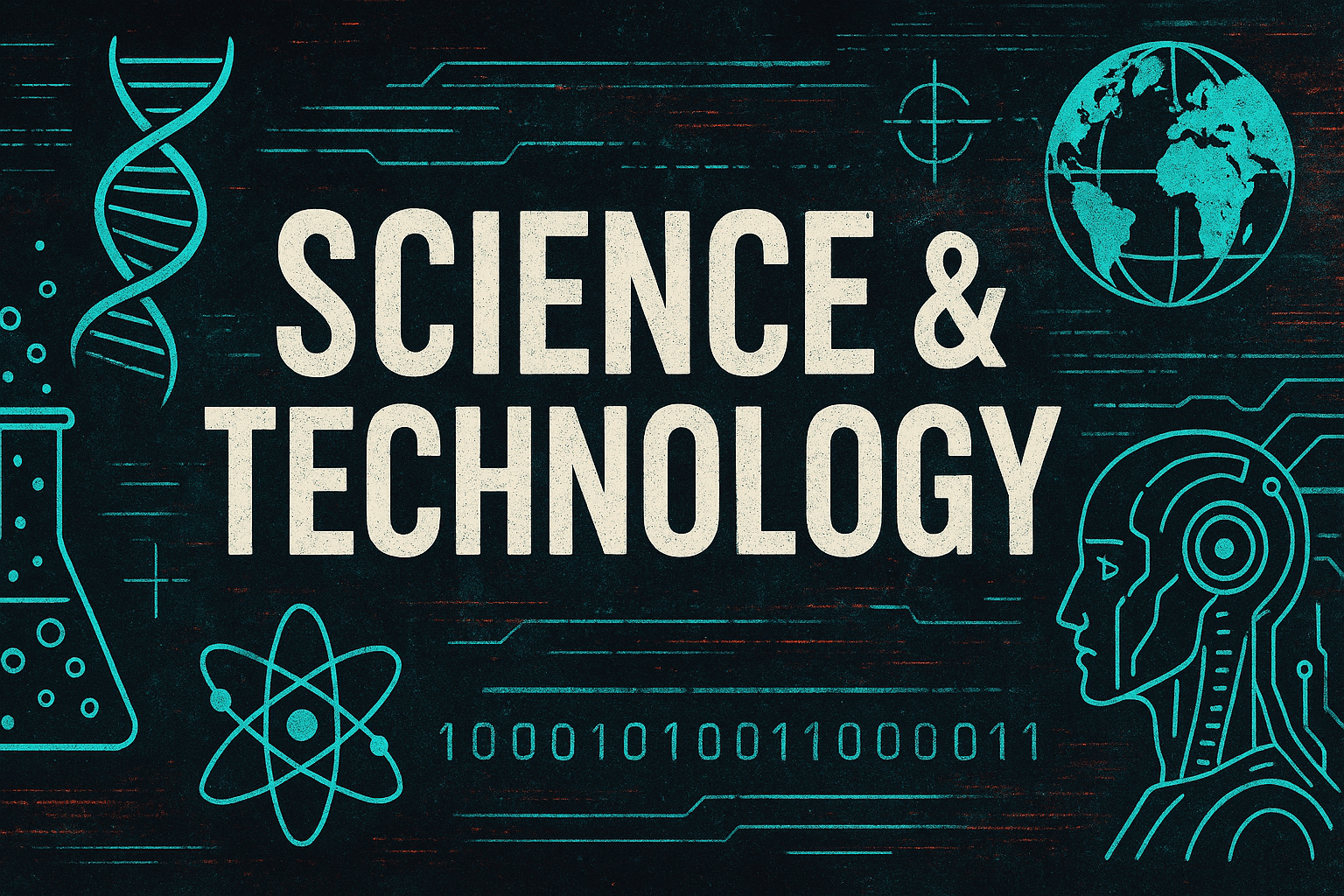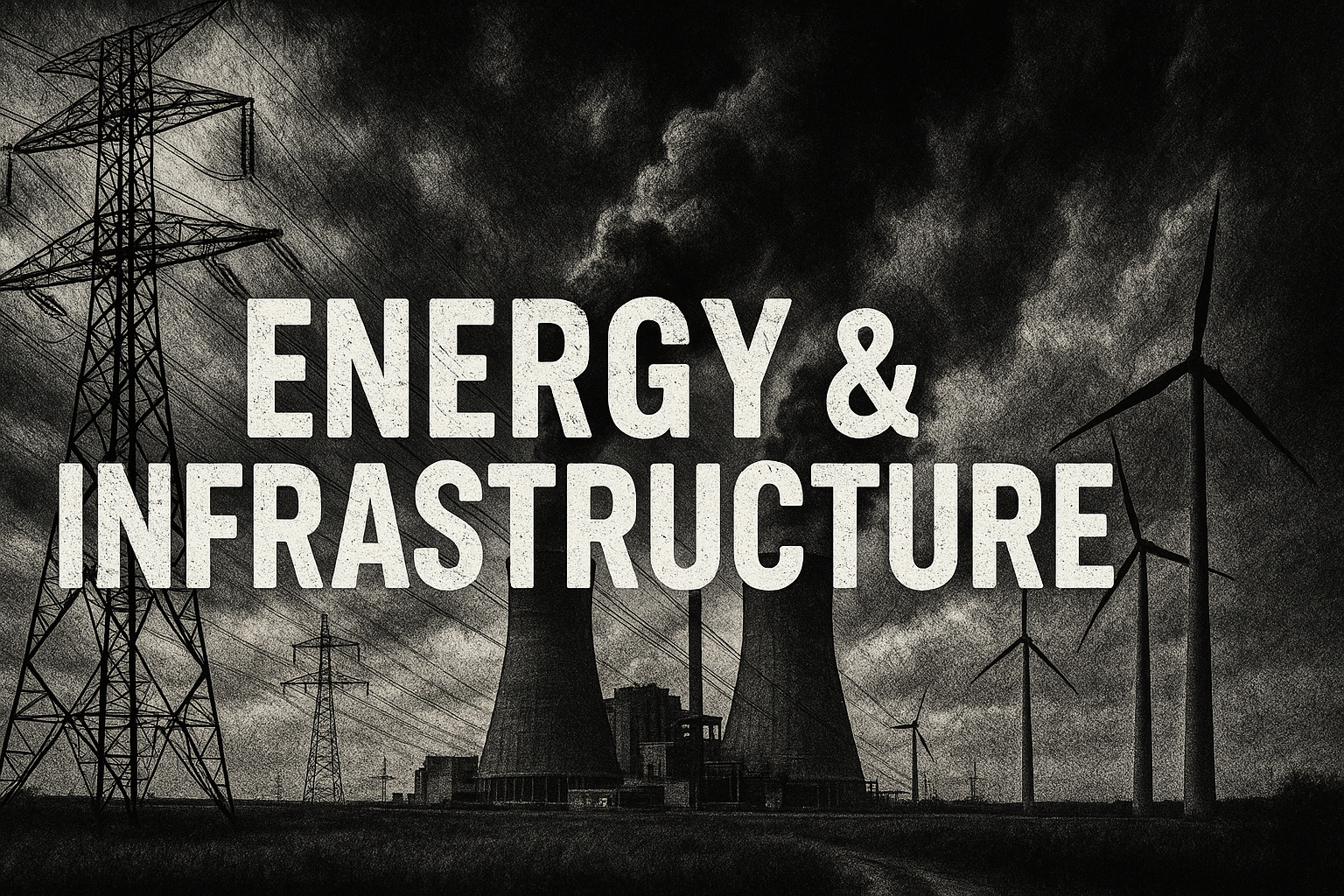Untapped Ocean Floor Minerals Could Revolutionize U.S. Energy Security

The United States faces a critical challenge in securing its supply of essential minerals for clean energy, defense, and technological advancement. Current reliance on foreign sources, particularly from adversarial nations like China, leaves the U.S. vulnerable to supply disruptions and geopolitical pressures. To address this, experts are turning to an unconventional solution: polymetallic nodules found on the ocean floor.
These potato-sized rocks, abundant in the Clarion-Clipperton Zone (CCZ) between Hawaii and Mexico, contain high concentrations of nickel, cobalt, copper, and manganese—key minerals for clean energy technologies. Unlike terrestrial sources, which often require energy-intensive processing, seafloor nodules offer higher purity and easier extraction, with minimal environmental disturbance. The CCZ alone holds more nickel and cobalt than all known land reserves combined.
To capitalize on this resource, federal support should mirror successful programs in space and semiconductor policy, fostering public-private partnerships and R&D initiatives. This approach aligns with efforts to reassert American leadership in critical technologies.
Critics argue that seafloor mining could harm marine ecosystems, but experts contend that the environmental impact is negligible compared to land-based mining. By leveraging advanced robotics and AI, the U.S. can develop a sustainable and responsible seafloor minerals industry.
Strategic action, including alliances with allies like Japan and Australia, recognizing nodules as domestic content, and expanding federal R&D, is essential to secure the U.S.'s competitive edge and clean energy future. This opportunity to shape the rules of the game while ensuring access to critical minerals presents a pivotal moment for American innovation and security.
Published: 7/13/2025
















